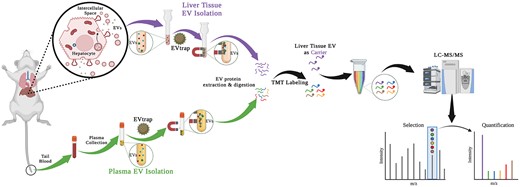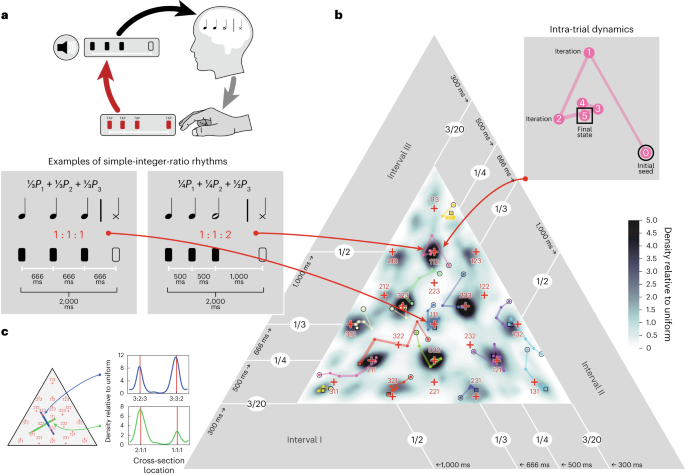2024-03-05 パデュー大学
<関連情報>
- https://www.purdue.edu/newsroom/releases/2024/Q1/purdue-researchers-explore-noninvasive-method-for-sampling-drug-response.html
- https://academic.oup.com/pnasnexus/article/3/2/pgae023/7585564
マウス血漿中の細胞外小胞を通して薬物代謝経路をモニターする Monitoring drug metabolic pathways through extracellular vesicles in mouse plasma
Xiaofeng Wu, Menchus Quan, Marco Hadisurya, Jianzhong Hu, Yi-Kai Liu, Yuxin Zhuang, Li Li, Anton B Iliuk, Jun J Yang, Shihuan Kuang …
PNAS Nexus Published:23 January 2024
DOI:https://doi.org/10.1093/pnasnexus/pgae023

Abstract
The ability to monitor the response of metabolic enzymes to drug exposure in individuals is highly appealing and critical to personalized medicine. Although pharmacogenomics assesses genotypic differences, it does not report changes in metabolic enzyme activities due to environmental factors such as drug interactions. Here, we report a quantitative proteomics strategy to monitor drug metabolic pathways by profiling metabolic enzymes in circulating extracellular vesicles (EVs) upon drug exposure. Mass spectrometry (MS)-based measurement revealed that changes in metabolic enzyme abundance in EVs paralleled those in hepatic cells isolated from liver tissue. Coupling with multiplexed isotopic labeling, we temporally quantified 34 proteins involved in drug absorption, distribution, metabolism, and excretion (ADME) pathways. Out of 44 known ADME proteins in plasma EVs, previously annotated mouse cytochrome P450 3A11 (Cyp3a11), homolog to human CYP3A4, and uridine 5′-diphospho (UDP) glucuronosyltransferase 2A3 (Ugt2a3), increased upon daily rifampicin dosage. Dasatinib, a tyrosine kinase inhibitor to treat leukemia, also elevated Cyp3a11 levels in plasma EVs, but to a lesser extent. Altogether, this study demonstrates that measuring drug enzymes in circulating EVs as an effective surrogate is highly feasible and may transform today’s drug discovery and development for personalized medicine.


